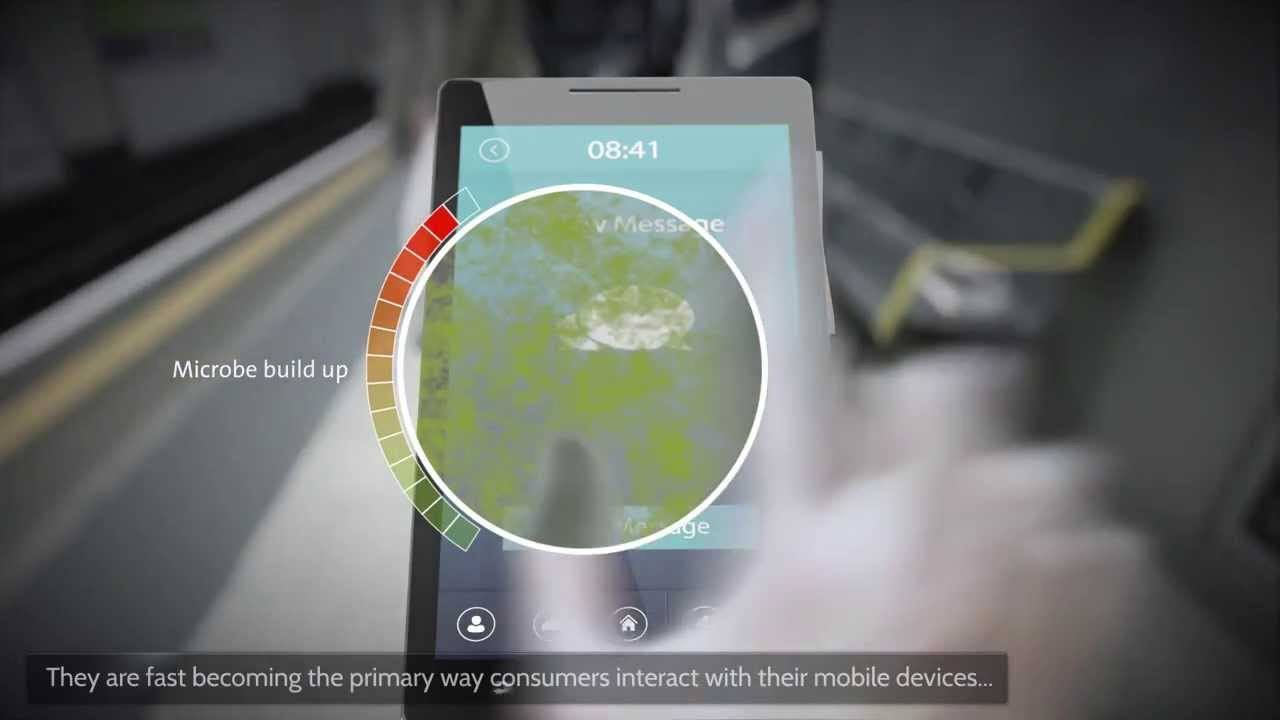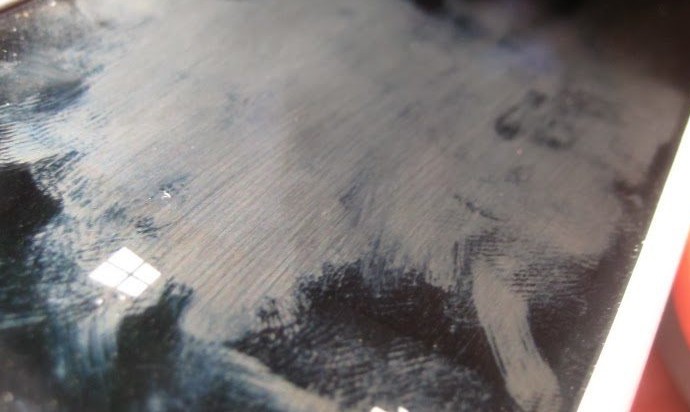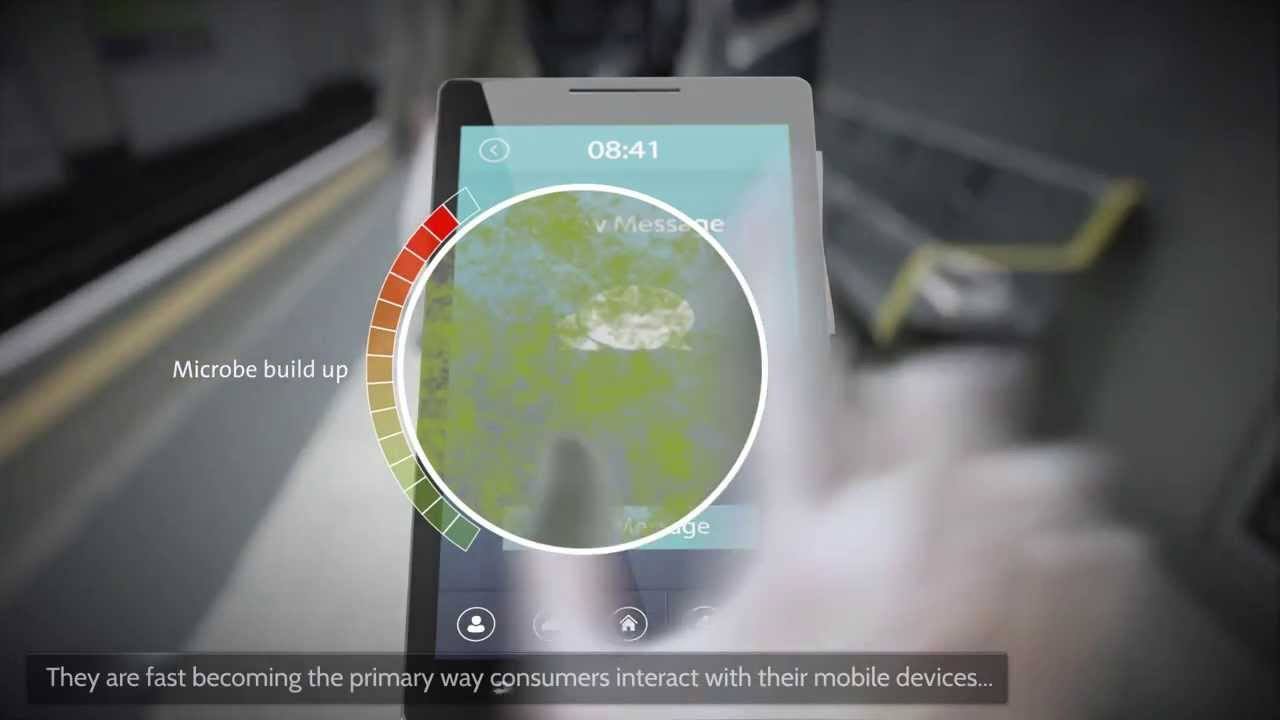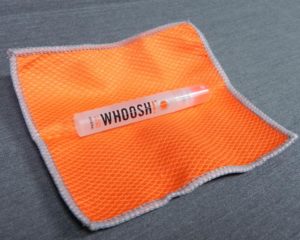
How Technology Is Taking The Yuck Out Of Touchscreens
January 17, 2016 by guest author, Curtis Tilly

As society has grown ever more technology-driven and cashless, public touchscreens are now virtually inescapable. Whether it’s an interactive digital sign, directory, checkout terminal, an ATM screen or subway ticket dispenser, it’s difficult to navigate daily life without touching a communal screen.
While that’s great for bacterial colonies, it’s not an overly good set of circumstances for people trying to stay healthy.
Numerous studies have shown that public touchscreens are a paradise for pathogens. Used by countless people every day, and rarely (if ever) cleaned, these screens harbour all sorts of dangerous bacteria.
Charles Gerba, a University of Arizona microbiologist, did a study showing that MRSA, E. coli and other sometimes-deadly bugs are widespread on touchscreen terminals in hospitals and supermarkets. That’s not to mention the ever-present influenza strains, fecal matter, skin cells and other disgusting microscopic material we can’t help but shed in our wake.
In a word, Yuck.
A 2012 Australian study of dozens of restrooms, tabletops, pay phones and self-service ticket screens also showed alarmingly high levels of bacteria on such surfaces. ATMs were the worst offenders, registering higher levels of bacteria than public toilets.
Let me repeat … YUCK!
Fortunately, science — and business interests keen to make money by addressing a public need — are pointing the way toward a future of cleaner touchscreens and fewer infections.

Corning, whose extra-strong “Gorilla Glass” has saved countless smartphone screens from a shattering demise, has created a new, fourth-generation iteration of that product that kills bacteria on contact. The science behind the idea is relatively straightforward — Corning scientists treated their new glass screen with an antibacterial agent called ionic silver, said to kill 99.9-percent of offending microbes.
Ionic silver, which offers low toxicity and is safe for human use, is also commonly used to sterilize medical equipment.
The real genius in this approach lies in its permanence. Unlike sanitary wipes or hand sanitizing lotion, which must be frequently reapplied, the ionic silver treatment offers ongoing protection. At last year’s CES trade show in Las Vegas, Corning announced a partnership with Diebold, a company best known for building ATMs and voting machines. The two companies used the ionic silver technology to create prototypes of bacteria-resistant ATM touchscreens.
While Corning’s new bacteria-resistant Gorilla Glass is expected to be deployed on a broad scale in the coming years, it may be some time before we see anti-microbial screens become an industry standard.
 Corning isn’t the only company working hard to improve touchscreen cleanliness, however. Whoosh!, a four-year old Toronto-based tech hygiene firm, sells an anti-microbial cleaning solution for electronic device screens. Another upstart company, U.K.-based Pristine-Screen, dispatches teams of qualified employees for in-the-field cleaning jobs.
Corning isn’t the only company working hard to improve touchscreen cleanliness, however. Whoosh!, a four-year old Toronto-based tech hygiene firm, sells an anti-microbial cleaning solution for electronic device screens. Another upstart company, U.K.-based Pristine-Screen, dispatches teams of qualified employees for in-the-field cleaning jobs.
Additionally, scientists at Harvard University have approached the problem from a particularly novel angle, using a carnivorous plant to develop a safer screen coating. The technology is based on the pitcher plant, which has leaves that are so slick insects can’t gain their footing, falling helplessly into the plant’s digestive tract.
Scientists created a surface that mimics the design of the pitcher plant, and included a light lubricant. The result is called “SLIPS,” a technology that can repel both liquids and solids. In the coming years, this technology is expected to be used in a variety of applications, including self-cleaning, bacteria-resistant screens.
There are also, of course, steps one can take to limit exposure to the bacteria found on public touchscreens. A 2015 German university study found that the simple act of using alcohol-based lens wipes or microfiber cloth can significantly reduce the bacterial load found on touchscreens. Washing hands immediately after using a touchscreen — and not touching the ears, nose, eyes or throat — is another effective measure.
While exciting new scientific answers to the lingering problem of filthy touchscreens seem to be around the corner, old-fashioned personal hygiene practices probably still represent our best chance of staying healthy today.



This is not exclusive to touchscreens. The yuck is more evident there but it is all over. Ever thought about where that remote in your hotel room has been? Pushing all of those interfaces (especially the hotel TV control) to the personal device seems to be the way to go.
Wouldn’t it be great if the hotel offered an app that I could install on my personal device (only has with my own personal yuck on it) that I could use to manage the TV, thermostat and lights in my room…